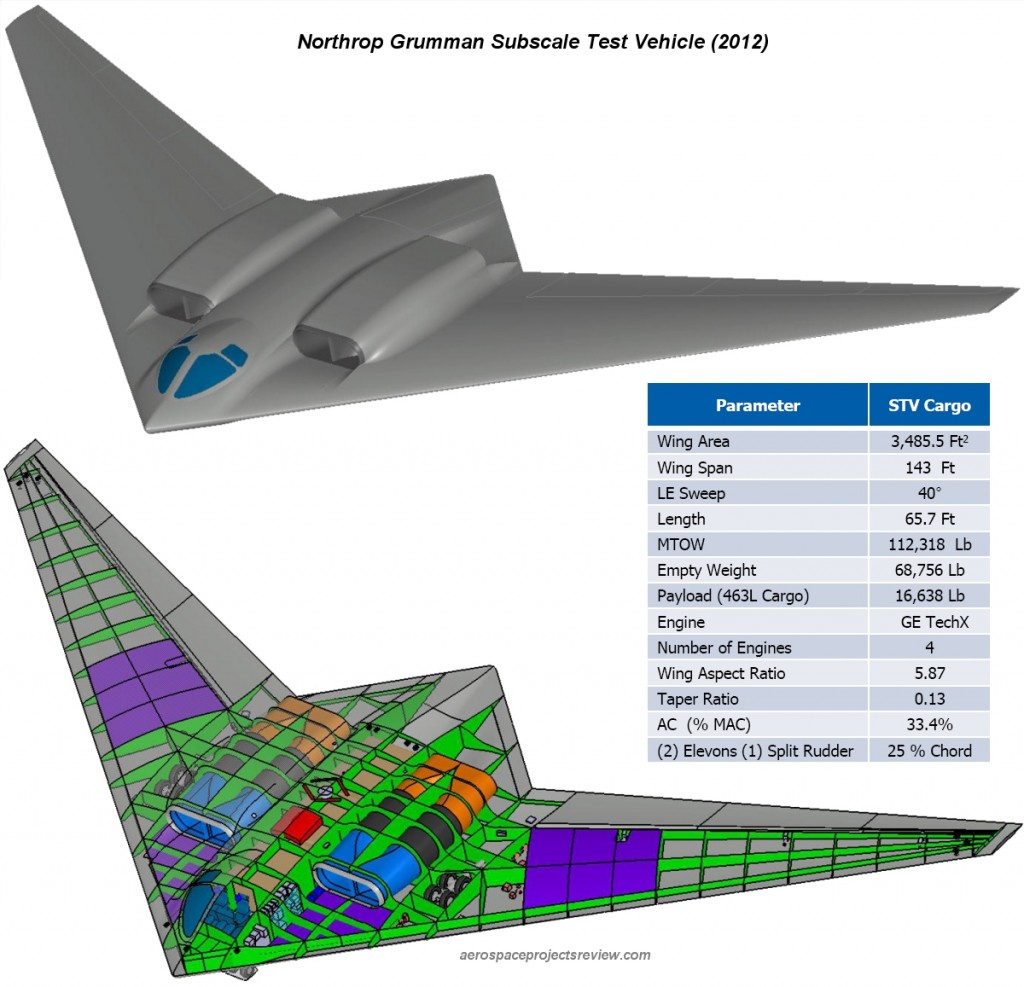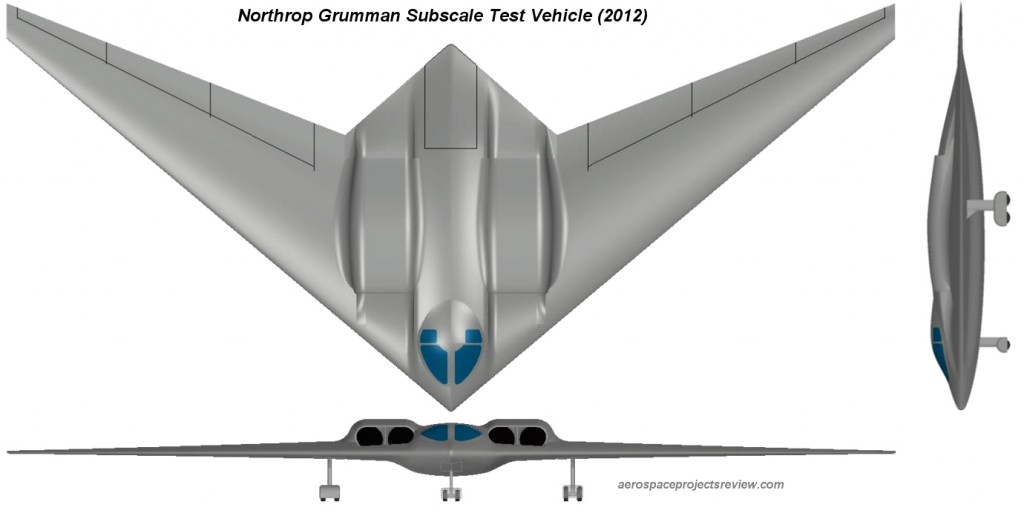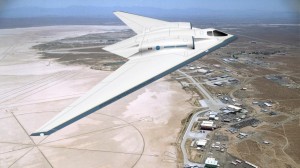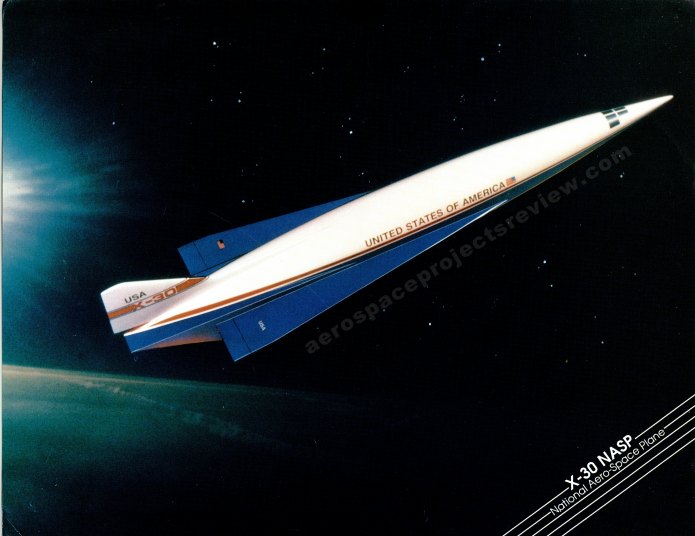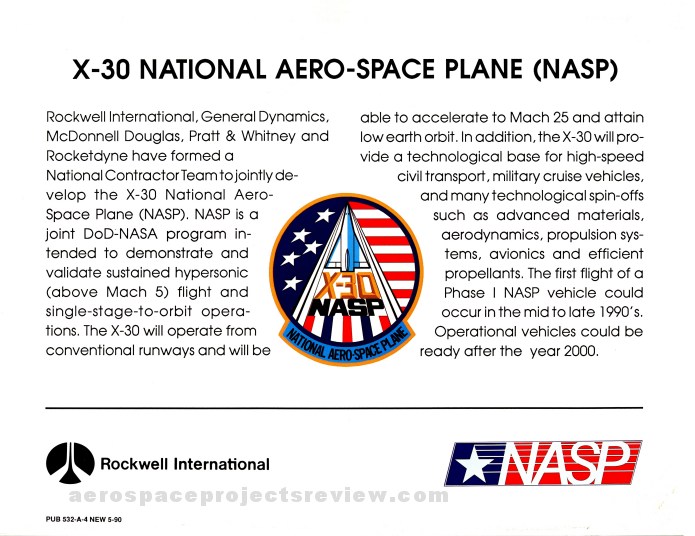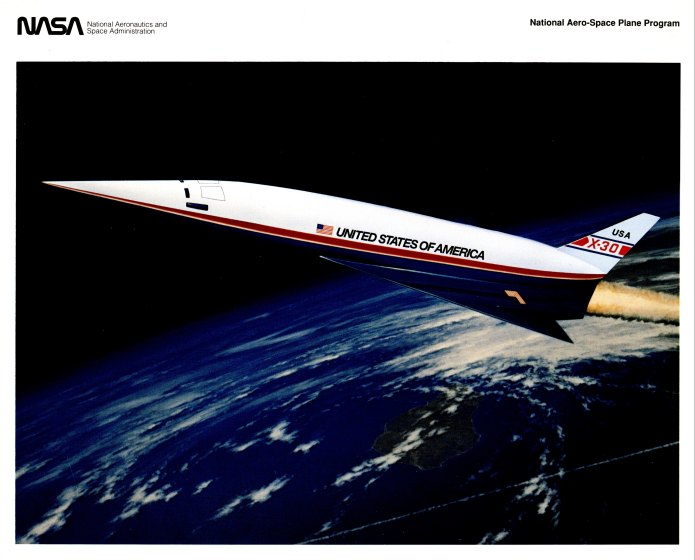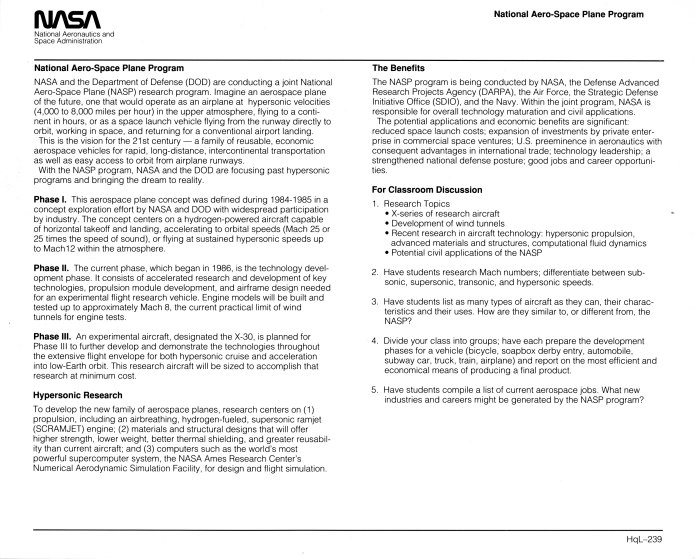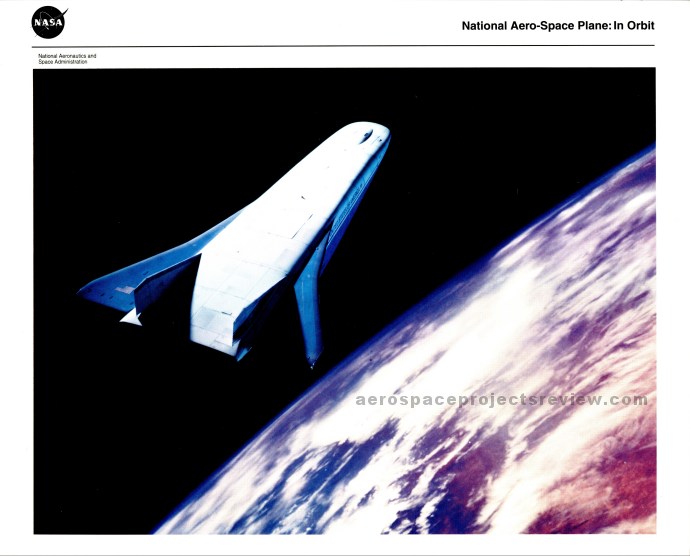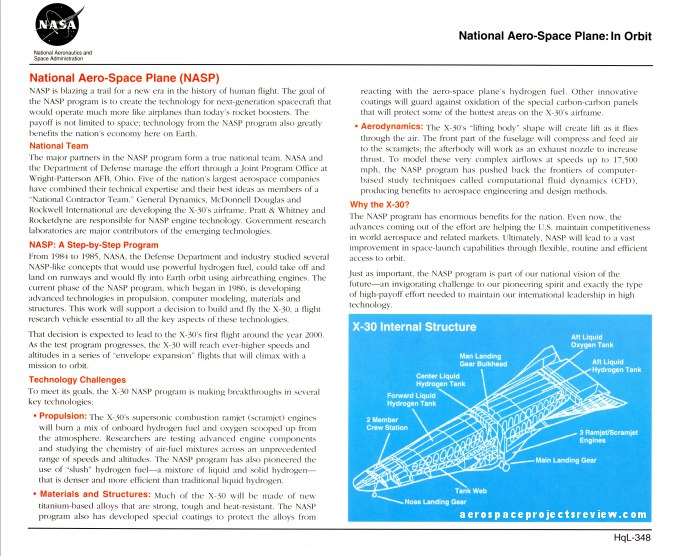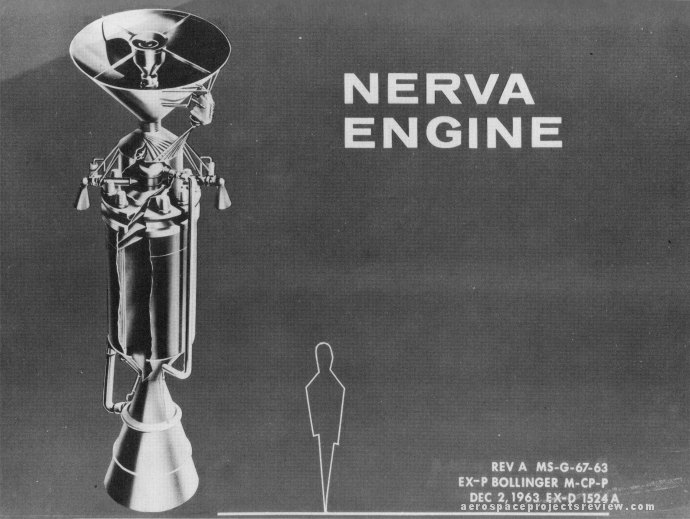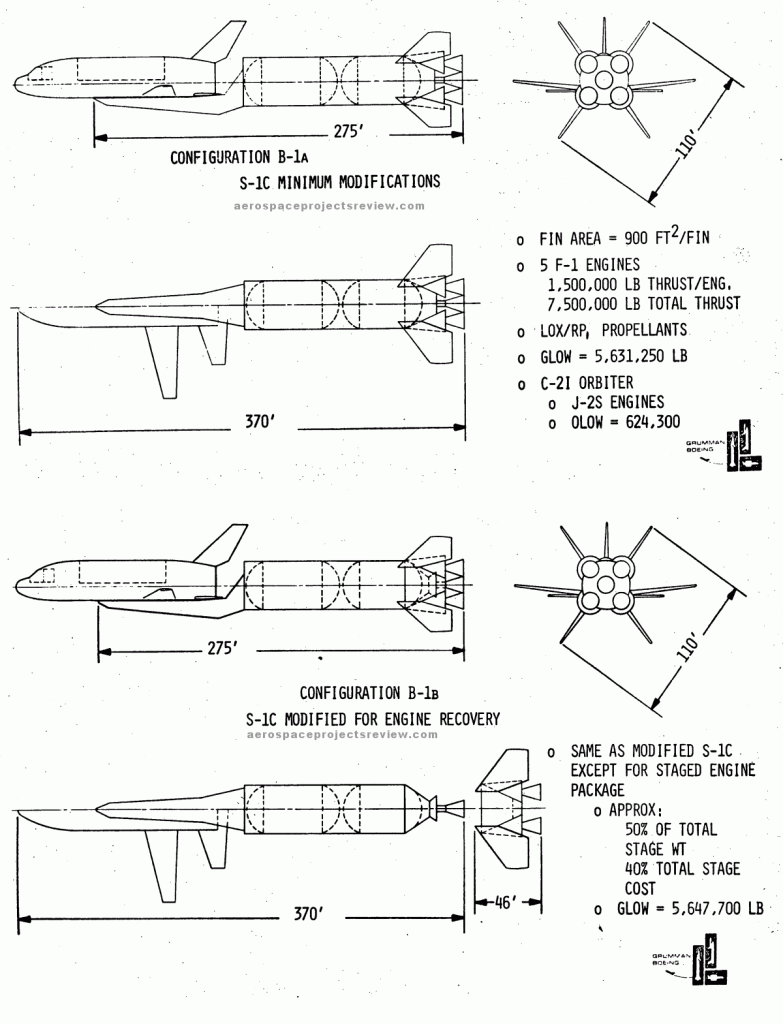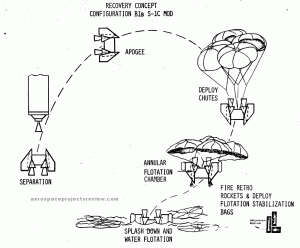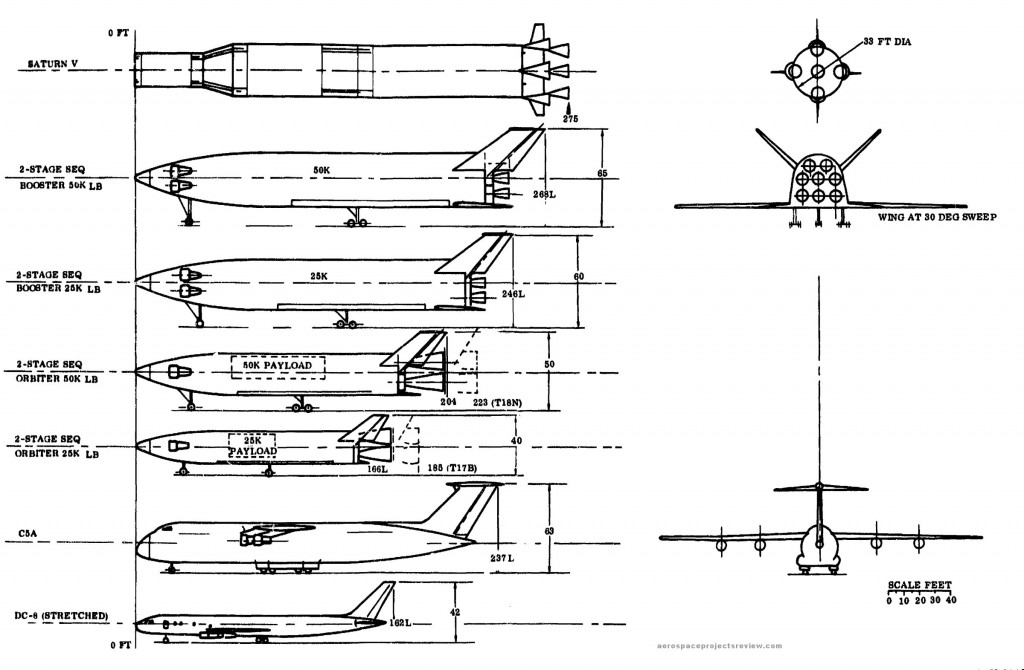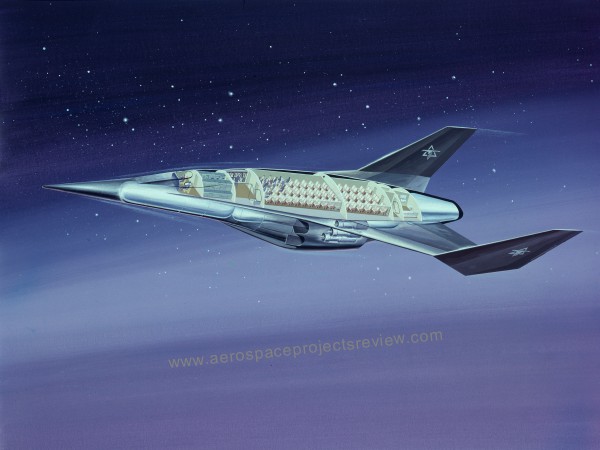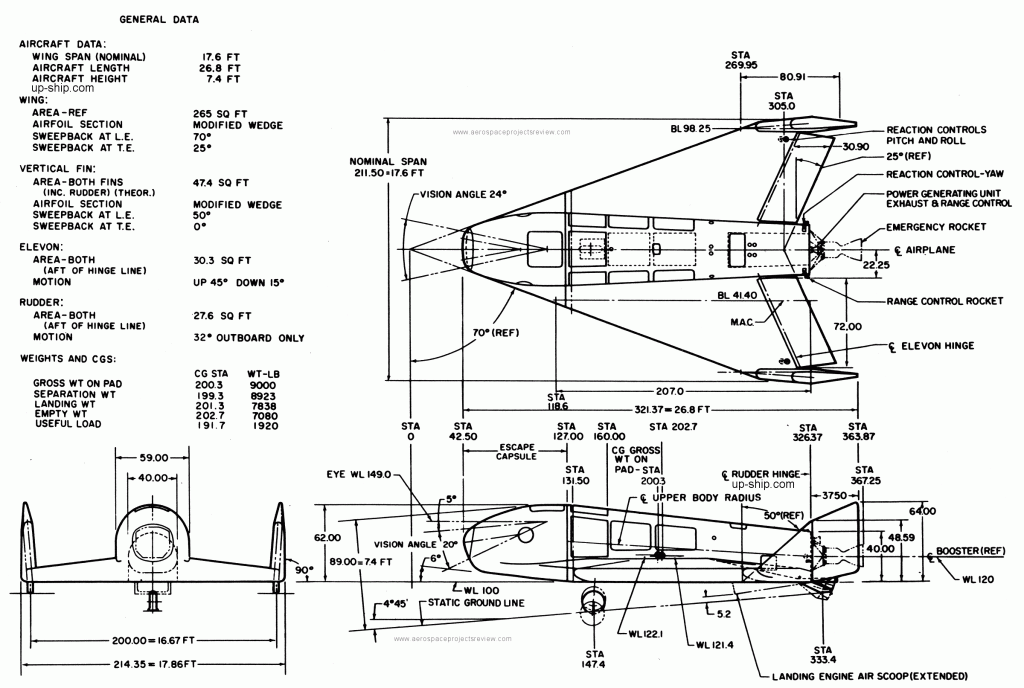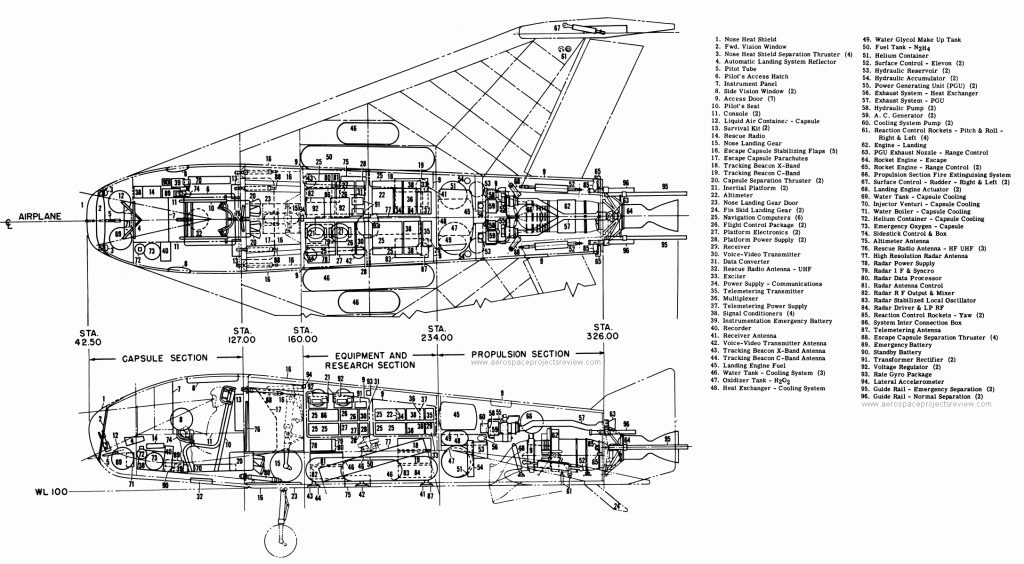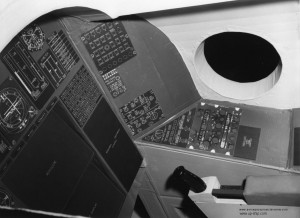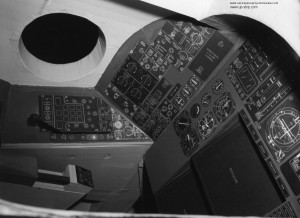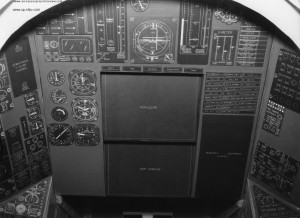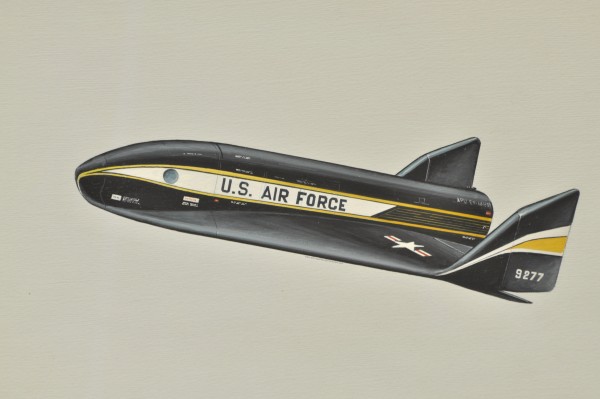NG has recently unveiled their concepts for next generation jetliners under the NASA “Environmentally Responsible Aviation” program. NG is not known for airliners, but rather military vehicles… most famously the B-2 stealth bomber. Not surprisingly, their jetliner concept looks a whole lot like a stealthy flying wing bomber. It seems a reasonable suspicion that their work under NASA contract either makes use of existing military design work… or will form the basis of future military design work.
Since the Northrop Grumman ERA N+2 design is revolutionary (at least in terms of airliner design), they have produced a design of a Subscale Test Vehicle. At 143-foot span, it’s about 60% the size of the passenger version and 55% the size of the cargo carrying final version.
The STV would seem to be sized right for a bomber, while the passenger and cargo carrying version would be rather large… more sized for arsenal aircraft, loaded with a vast number of cruise missiles and the like.
